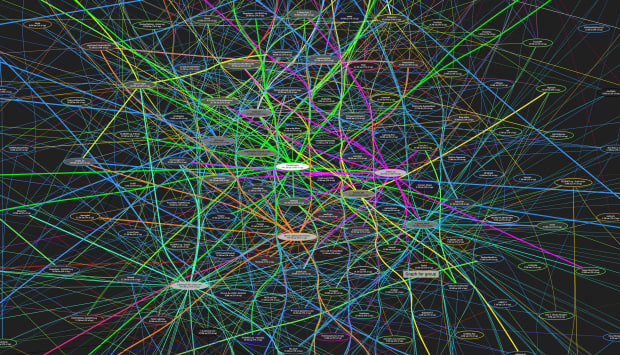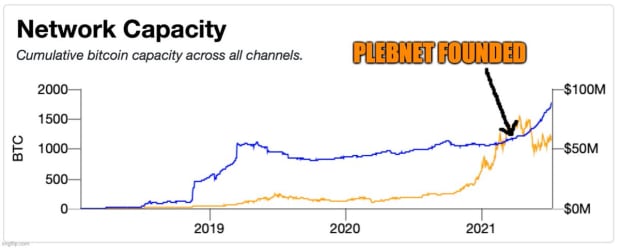- July 22, 2021
- Posted by: admin
- Category: BitCoin, Blockchain, Cryptocurrency, Investments
Running a Lightning Node has nuances but can be profitable and effective if done right.
10 weeks ago, I joined the Lightning Network barely knowing how to open a channel. Last week I became a profitable Lightning Network routing node.
Here’s some tips on the ultimate strategy game for LN node operators from one Bitcoin pleb to another.
Running a node is more of an art because each individual channel needs its own unique care and attention. It’s kind of like having a tamagotchi that needs to constantly be taken care of.
Between analyzing traffic flow, fees, which channels to open and close, and rebalancing, you really have to take the time to see how traffic moves and what it costs to move. You have to dig in at the individual route then look at a more macro view over time to set your fees and know where to put your sats. This is where the human touch comes in.
Sure you can program a script to automate fees for you, and there are some great ones out there, but I don’t think we’re at the point where it can analyze traffic patterns, overall flow, most strategic rebalancing routes, and the best channels to open to to minimize costs and maximize profits.
The Peer Is More Important Than The Channel Size
Most people say channel size (girth) is everything. The bigger, the better. This is true to an extent. Really channels under 2 million sats don’t see any flow, but I have 2 million sat channels that route more traffic than my 20 million sat channels.
It just depends on who they’re connected to, where that traffic is going, and what their fee structure is. A good way to analyze routes is during rebalancing. You can see who is connected to who, where things can cheaply move, or where there is room to open a channel to one of the connecting nodes to minimize fees and maximize routing potential.
Alex Bosworth’s Balance of Satoshis (BOS) has been super helpful in seeing rebalancing routes. So really I guess it’s not about the size, but what you do with it?
Rebalancing
I’ve heard a lot of people say rebalancing doesn’t help. I’ve heard people say you should have all balanced channels. I haven’t found either to be true.
I rebalance constantly. But I rebalance to “feed the traffic.” I don’t keep a channel perfectly balanced unless traffic flows both ways. If traffic flows one way, which a lot of channels do, then I constantly push or pull sats back to feed the traffic.
More feeding, more sats. If it’s not profitable to rebalance certain channels, then up your fees.
How Did I Calculate My Break Even?
I took all routing fees and subtracted: rebalancing fees, on-chain transactions (opening/closing channels fees, moving sats to my node, and any Loop Outs).
If you don’t run a Lightning node yet, now is the time to experiment. The mempool is empty so you can open channels at 1 sat/vb, while bitcoin is only around $30,000. When Lighting adoption really takes off and bitcoin multiplies in value, you’re going to thank yourself that you got in early and your relatively “small” channel sizes will be massive in the future.
Also, join Plebnet (plebnet on Telegram) and we’ll help you get started! I’ve learned more in the last two months than I have in years. The learning is addicting.
It’s More Of An Art Than A Science.
I’m sure having a technical coding or software background has its advantages, but as someone that never used a command line prior to running a node, I don’t think it’s really needed at this stage in the game.
Between Umbrel, myNode, RaspiBlitz, and communities like Plebnet, it’s never been easier to build a node, find information, or ask questions.



This is a guest post by Erin Malone. Opinions expressed are entirely their own and do not necessarily reflect those of BTC, Inc. or Bitcoin Magazine.
